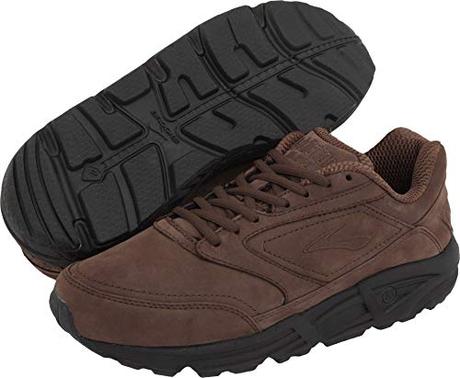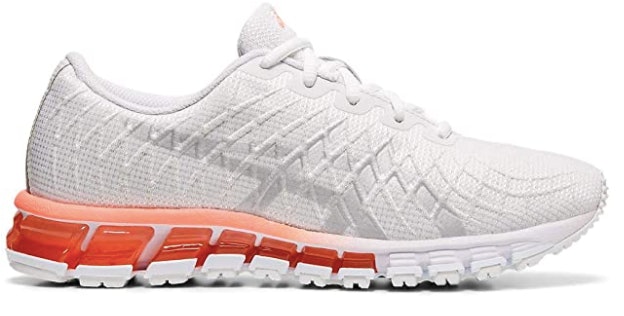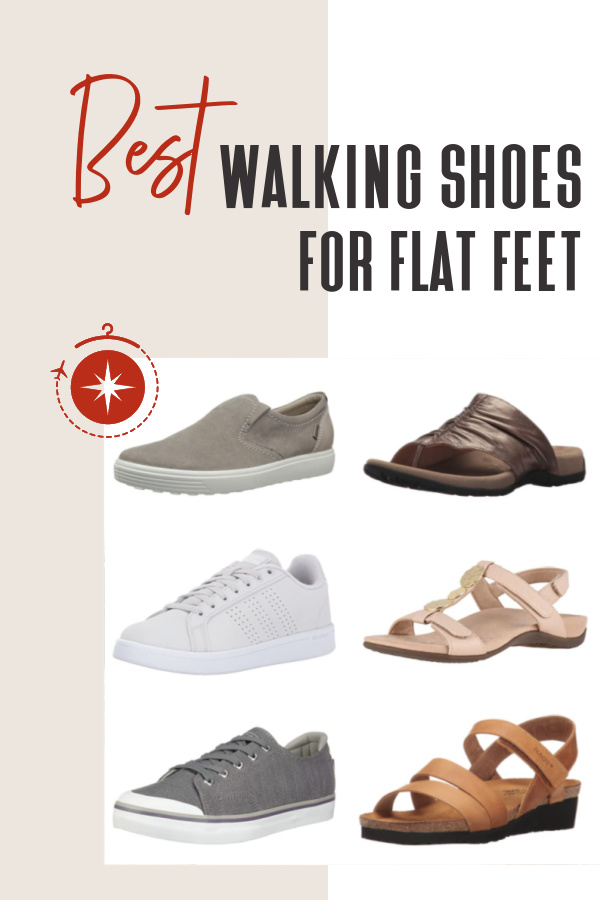



They are bright yellow on one side and green on the other – a consideration if you’re planning on wearing them with sandals and want them to blend in. Below you’ll find the products we’ve selected as our winners based on testing, along with the types of shoppers they're best suited for. Key metrics that were tested for included support, comfort, pain relief, breathability, and value. To determine what type of insoles are best for addressing various issues, we tested 20 different products with a total test time of 5,040 hours across a six-month period. John Kennedy, Chief of the Division of Foot and Ankle Surgery at NYU Langone Orthopedic, explains that there are two types of insoles: “accommodating insoles, made to feel good and support the alignment of the foot, while offering protection from overloading and corrective orthotics, designed to fit into a shoe and correct the mechanical malalignment of a person’s foot.” Diana Levin Valencia, is to “figure out what type of foot you have and what problem you have.”ĭr. But not all are made equal, and the first step to finding the right pair, according to podiatrist Dr. Whether you’re embarking on a hike, exploring a city, or attending a festival, wearing insoles can be a game changer for your feet.


 0 kommentar(er)
0 kommentar(er)
